#Hill fort
Explore tagged Tumblr posts
Text

Salota fort, Maharashtra, India,
@ archidit
#art#photography#abandoned places#abandoned#urbex#urbexphotography#urbexsupreme#zombilenium#decay#fort#abandoned fort#india#salota fort#hill fort#nashik#baglan#maharashtra
225 notes
·
View notes
Text
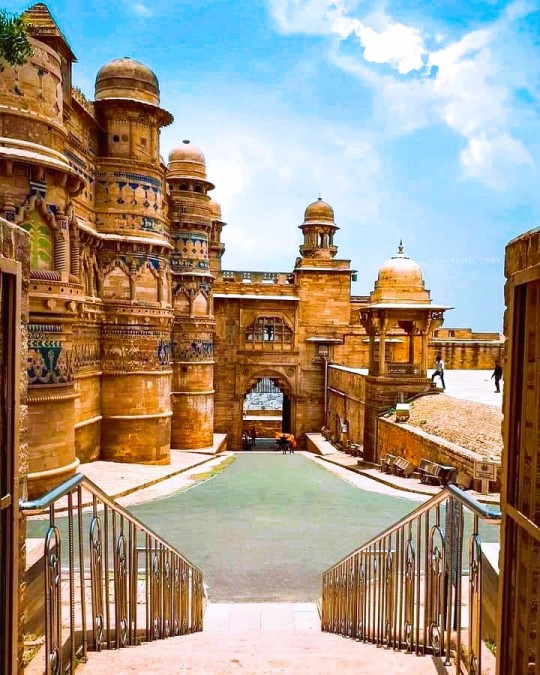
Gwalior Fort, Hill fort, Gwalior, India: The Gwalior Fort, commonly known as the Gwāliiyar Qila, is a hill fort near Gwalior, Madhya Pradesh, India. The fort has existed at least since the 10th century, and the inscriptions and monuments found within what is now the fort campus indicate that it may have existed as early as the beginning of the 6th century. Wikipedia
149 notes
·
View notes
Photo
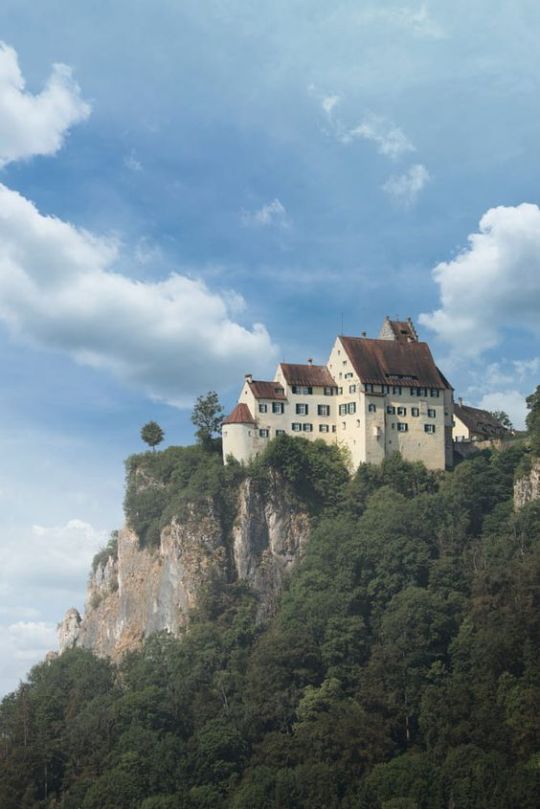
Schloss Werenwag by Waldemar Fotler
#medieval castle#fairytale#mountain chalet#manor#hill fort#my upload#silvaris#castle#stone#building#medieval#ancient#mountain#mountains
334 notes
·
View notes
Text
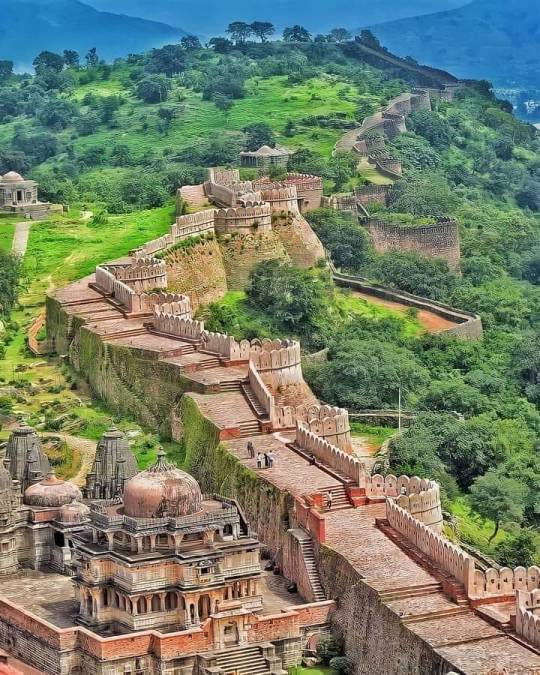
The Great Wall of INDIA
100 notes
·
View notes
Text
youtube
Why did Celts of the British Isles build over 4000 hill forts during the Iron Age? The answer may have something to do with the conflict between those Bronze Age cowboys who maintained traditional pastoralist transhumance lifestyles, and those in the forts who depended more on arable farming. This can also explain why British Celts were the most lactose tolerant people on Earth at that time. In this documentary I visited Barbury Castle in Wiltshire, Castle an Dinas in Cornwall and several other magnificent Iron Age hill forts.
#hill fort#celtic paganism#british history#welsh history#iron age#roundhouse#brythonic#brythonic polytheism#lactose intolerance#history documentary#ancient history#ancient britain#celtic britain#celtic history#Youtube
37 notes
·
View notes
Text

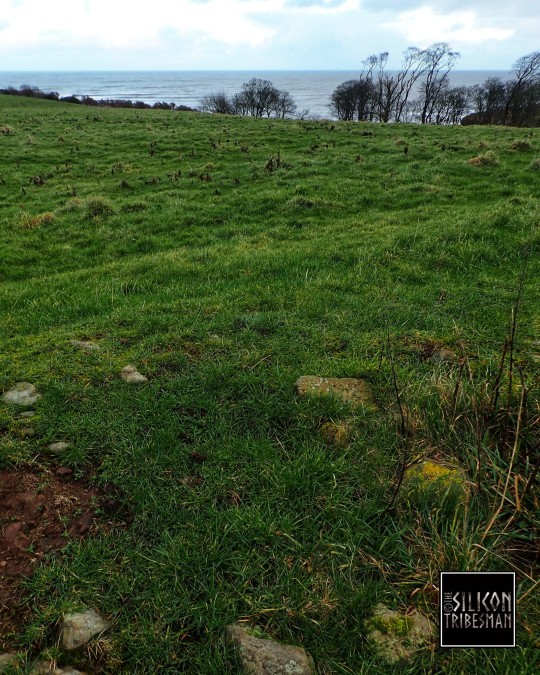

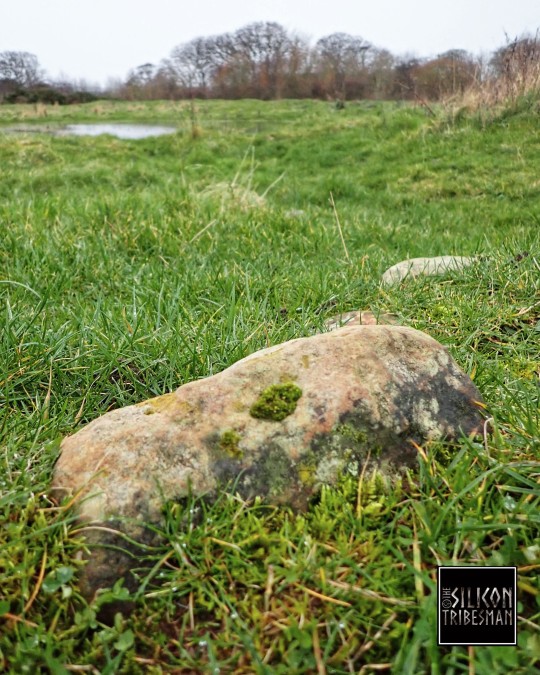

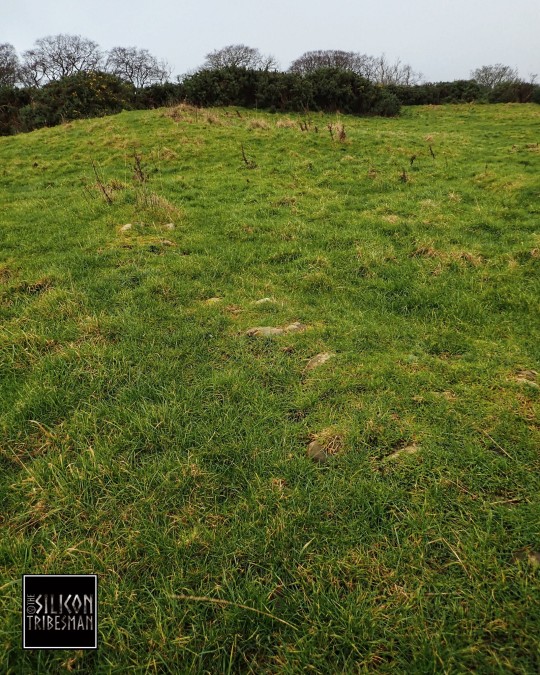
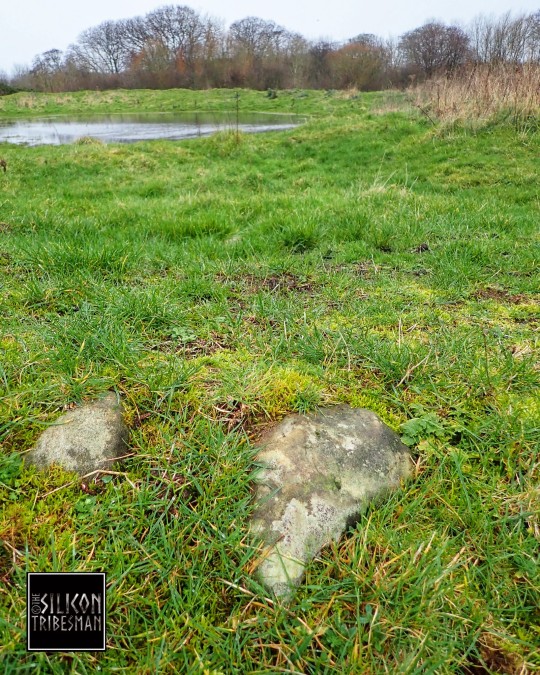
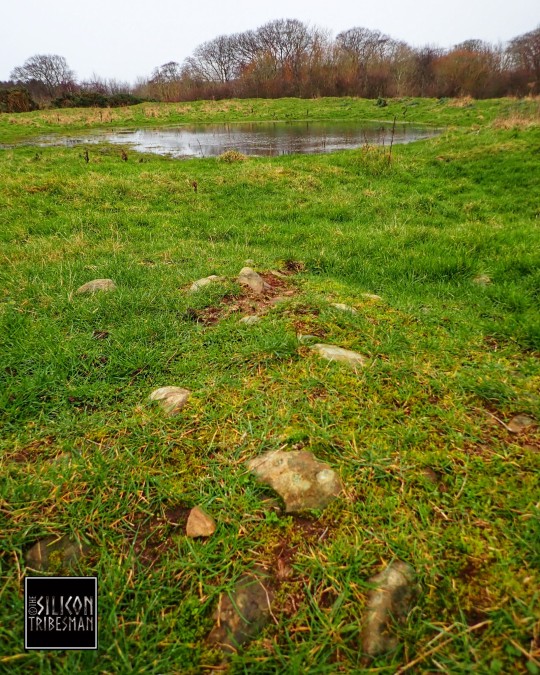
Howick Iron Age Hillfort, Howick, nr. Alnwick, Northumberland
#ice age#stone age#bronze age#copper age#neolithic#mesolithic#calcholithic#paleolithic#prehistoric#prehistory#archaeology#stonework#earthworks#hill fort#fortification#ancient living#ancient cultures#Northumberland#outdoors#wild places#landscape
27 notes
·
View notes
Link

Castro Culture Oppida: the Castro culture of ancient Iberia was literally the 'culture of the hill forts', covering the north-western regions of the peninsula, including northern Portugal and northern Spain.
#history#historyfiles#castro#cultures#iberia#atlantic bronze age#galicia#hillfort#hill fort#portugal#spain#oppida#ancient europe#ancient history#ancient iberia#ancient spain#ancient portugal#iron age
10 notes
·
View notes
Text
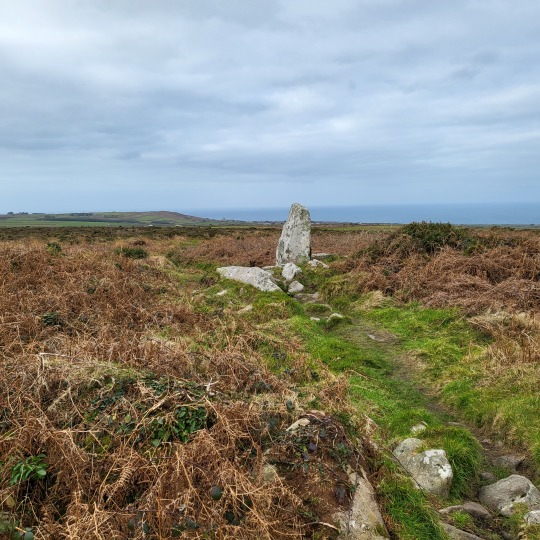
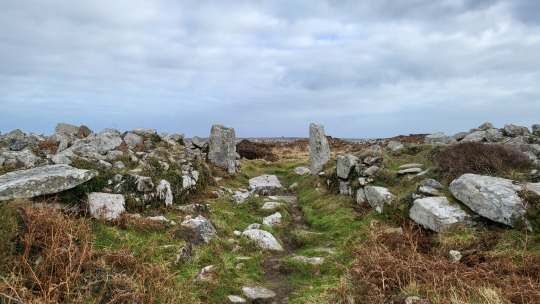
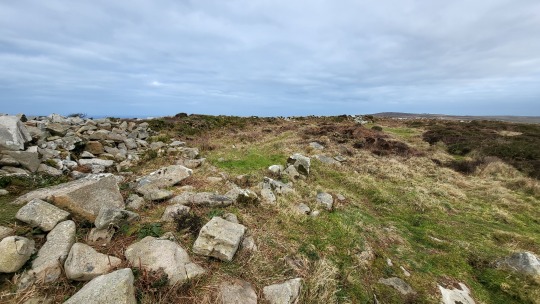


1st Feb 2023
Chûn Castle, situated not far from Chûn Quoit, is an Iron Age Hill fort near Pendeen in Cornwall. The same as Chûn Quoit, it's name means 'The House on the Downs' from the Cornish Chy Woon. The hillfort is roughly 2,000 years younger than the quoit just down the slope, which is quite humbling to think about.
Cornovia by Craig Weatherhill provides some more information on it's lay out - the fort has 2 concentric walls which are incredibly thick (almost 5 meters in places!), with two huge gateposts as it's entrance. It has an outer ditch as additional fortification, and has evidence of two occupations (iron age & then dark age). Excavation found a giant smelting furnace! Within the walls is the Chûn Castle Holy Well - which I missed on my trip.
megalithic.co.uk
7 notes
·
View notes
Text

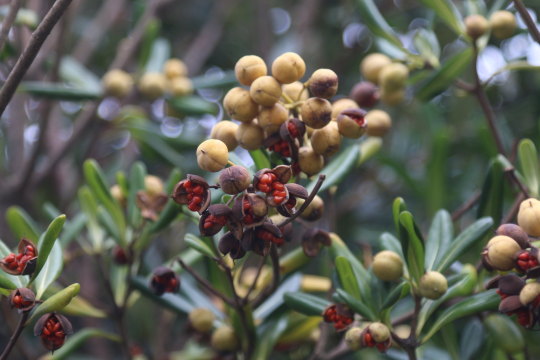
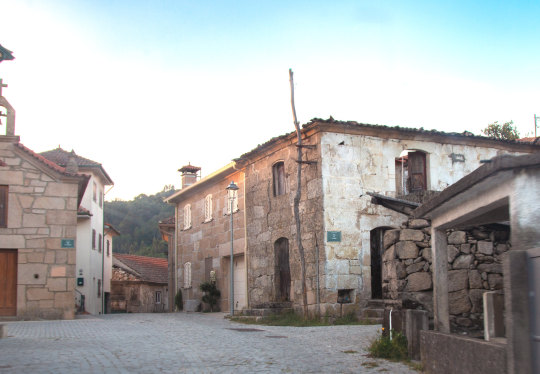
Porto l Portugal (2) (3) by Ma Jacob
Via Flickr:
(1) Castro de São Paio (3) Aldeia | village
0 notes
Video
youtube
Maiden Castle, Dorset. #castle #dorset #dorchester #ironage #hillfort #m...
#youtube#castle#iron age#hill fort#history#historic england#dorset#dorchester#maiden#maiden castle#travel#places to visit#places to go#mound#hill
0 notes
Text

Today's photo with the most hits: wheat fields from Roundway Iron Age Hill Fort.
0 notes
Text

#mountain#valley#trees#hills#hillside#hillside of trees#loch#scotland#original photographers#photographers on tumblr#landscape#nature#britain#adventure#water#sky#original photography on tumblr#fort william
299 notes
·
View notes
Text

Lochside - Kirstie Dedman , 2022.
British , b. 1974 -
Linocut , 30. x 20 cm. Ed. 16
#Kirstie Dedman#british artist#freshwater loch#Scottish Highlands#Fort Augustus#loch landscape#Scotland#clouds#Scottish scenery#hills
221 notes
·
View notes
Text
I will never forgive the writers of MFS for fumbling this ship there was so much material and potential here wasted.
#motherland: fort salem#motherland fort salem#talder#sarah alder#tally craven#tally x alder#wlw#sapphic#lesbian#sapphic ship#they were in love your honor#i will die on this hill#I hated Scylla so that ship did nothing for me and Raelle became extremely annoying in s3#ughhhh#It still makes me mad to this day#alder x tally#video#The yearning with them was next level
47 notes
·
View notes
Text















Sunday morning hike at Friendship Hill National Historic Site, after two days of drenching rain that provided some relief from the terrible drought gripping Central Appalachia. I never thought I would be so happy to hear rain droplets smattering on moist leaves again. When the clouds broke above the Monongahela River, it was as if some great spirit had gifted me an impressionists' painting of the earth. Then the oppressive heat returned, and I realized the drought would hang on.
If nothing else, I was enchanted by the gorgeous rose mallow (Hibiscus moscheutos) and whimsical Allegheny monkeyflower (Mimulus ringens) now in bloom along the river's marshy edges. In the deeper woods, the blue cohosh (Caulophyllum thalictroides) is succumbing to summer's heat, but not before leaving behind a gift of iridescent blue berries, shiny like blue porcelain. And the summer boletes have pushed up from the leafy humus of the forest floor with that certain heady perfume only mushroom hunters can love. On a more macabre note, I was mesmerized by a cicada killer (Sphecius speciosus) tackling an unfortunate dog-day cicada (Neotibicen canicularis), which is an annual rather than a periodical cicada. The cicada continued to buzz dutifully as the giant wasp prepared to paralyze it and fly it off to her nest to be eaten alive by her larvae. The wasp literally has to drag that cicada, which is twice her size, up a tree to gain sufficient altitude to take flight. Fortitude and dedication.

As an aside, I was amused by a recent story about some residents of the Pacific Northwest losing their shit over sightings of giant Asian "murder" hornets, only to be informed the presumed felons are native cicada killers, which are unaggressive and harmless to human beings. Rather not live in a constant state of fear and paranoia from murder hornets and other villainous wildlife? Download a free field guide instead. :-)
#appalachia#vandalia#pennsylvania#friendship hill national historic site#fort necessity national battlefield#albert gallatin#us history#monongahela river#flora#wildflowers#summer#insects#dog-day cicada#annual cicada#cicada killer#cicada hawk#rose mallow#allegheny monkeyflower#blue cohosh#starry campion#widow's frill#whorled catchfly#mussel#fungi#bolete
37 notes
·
View notes
